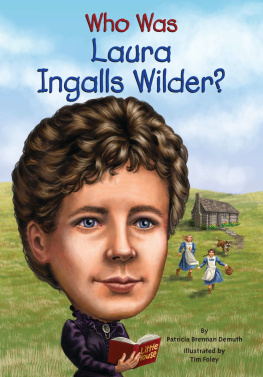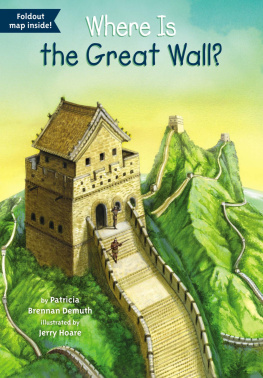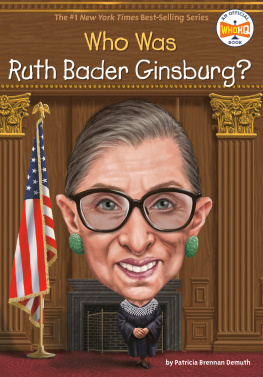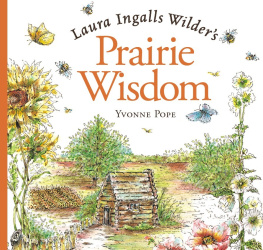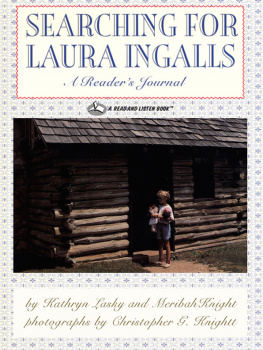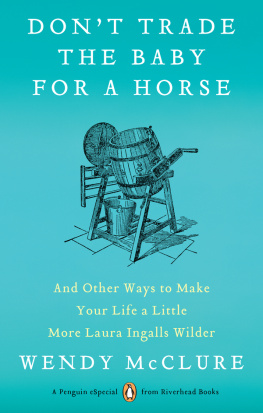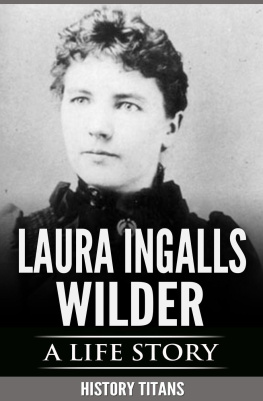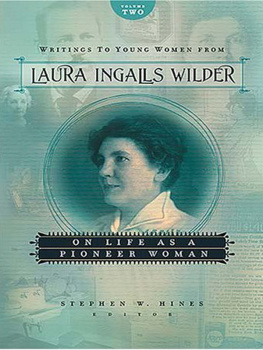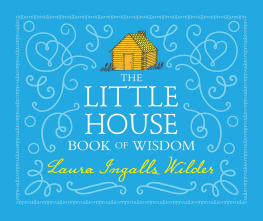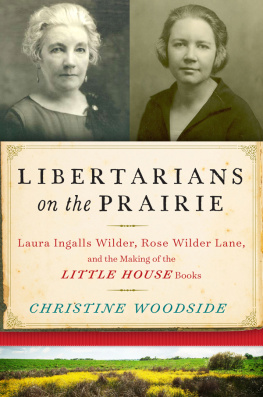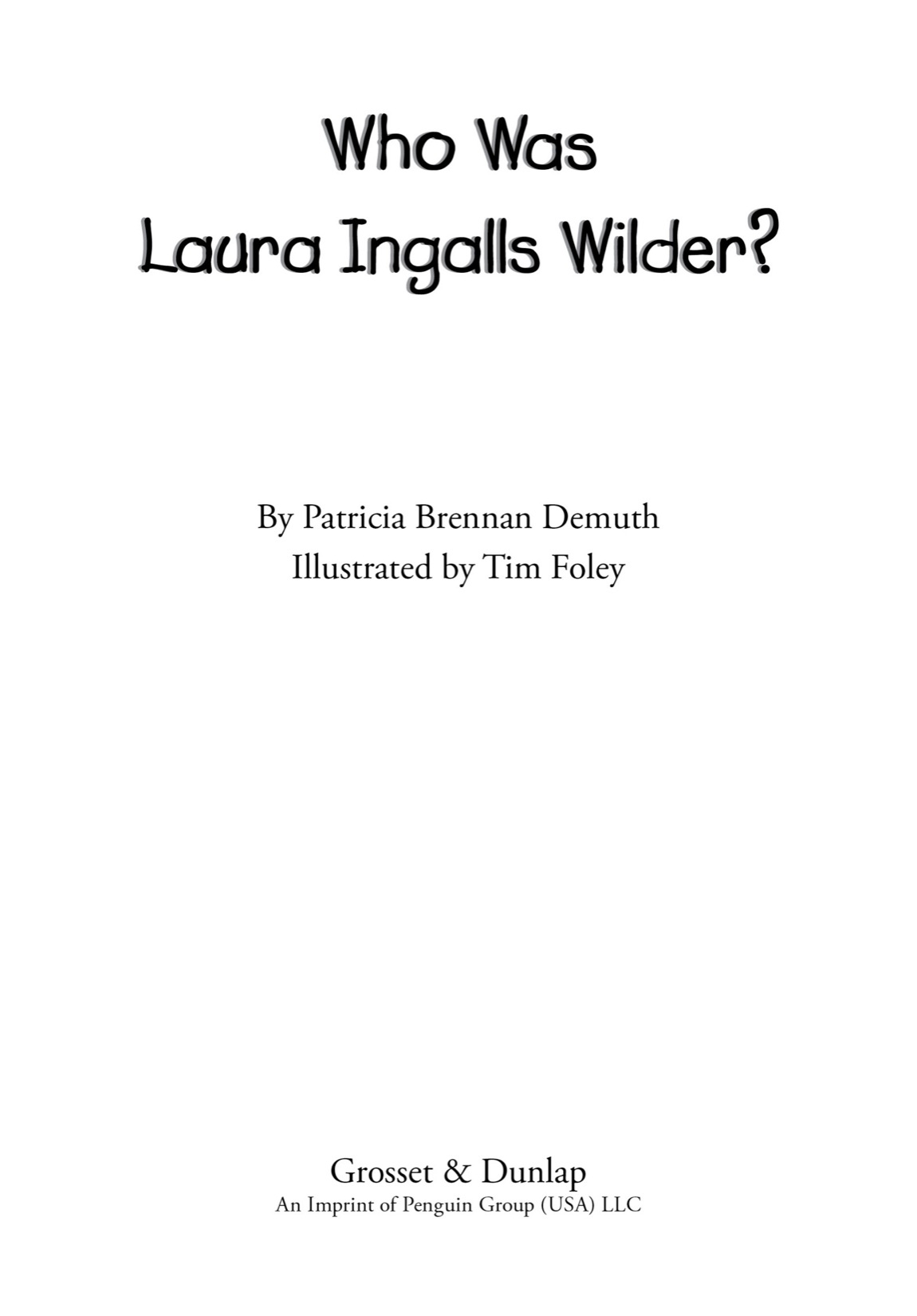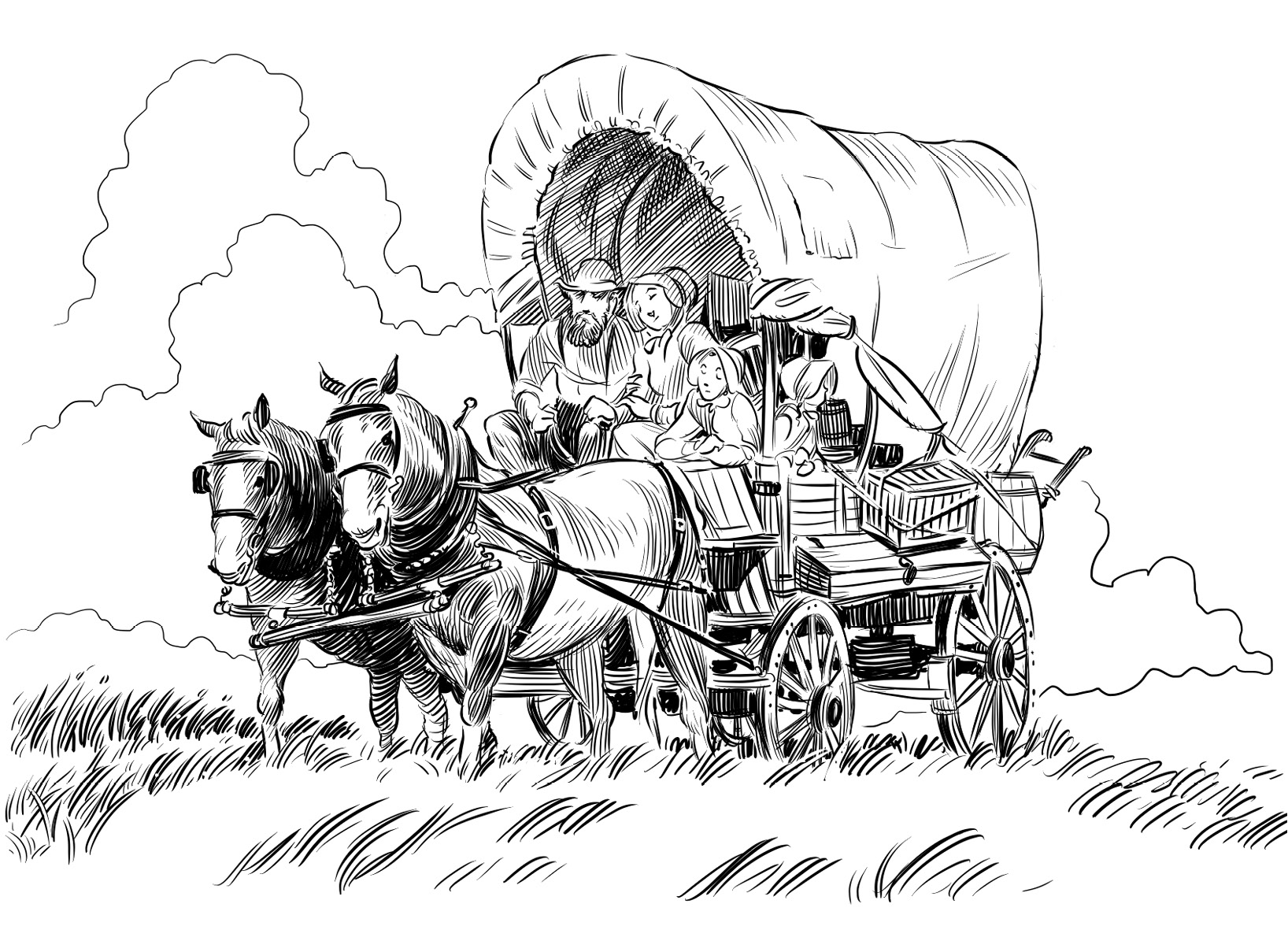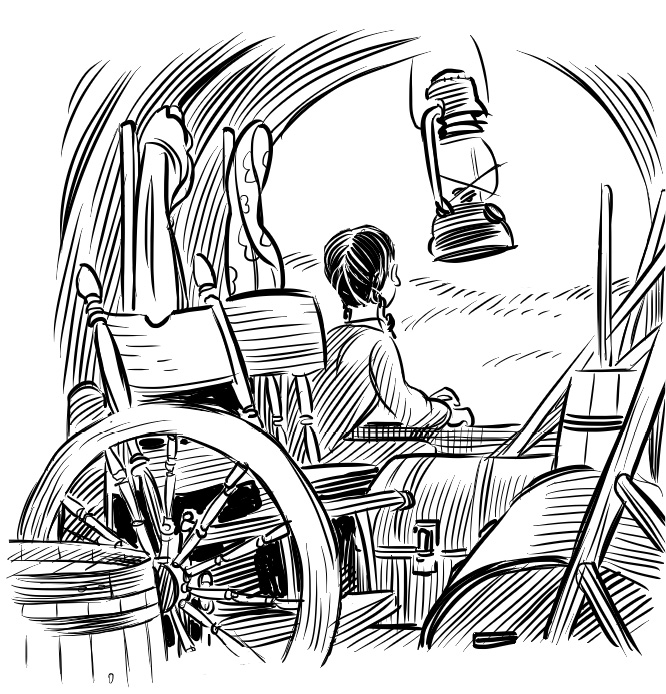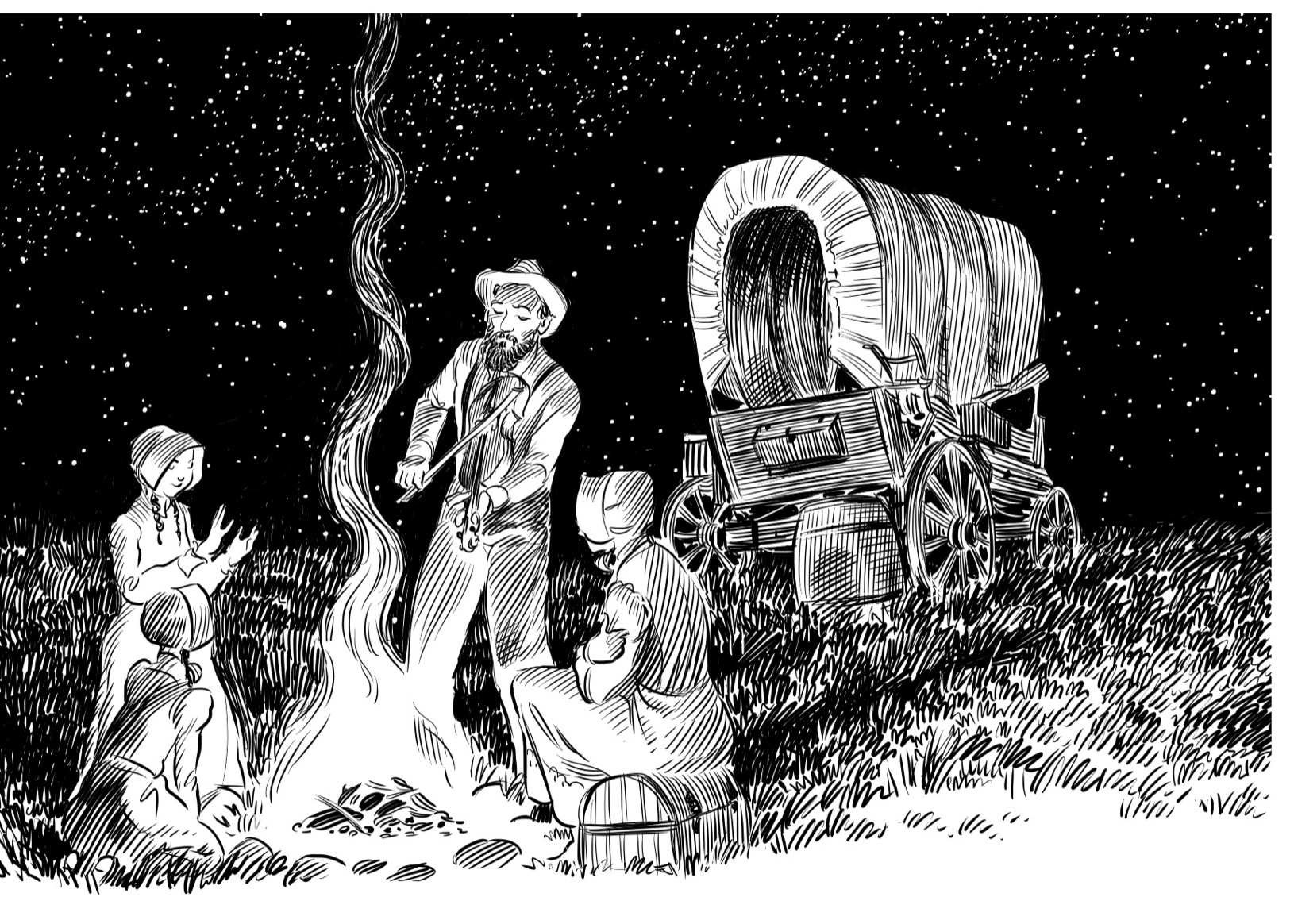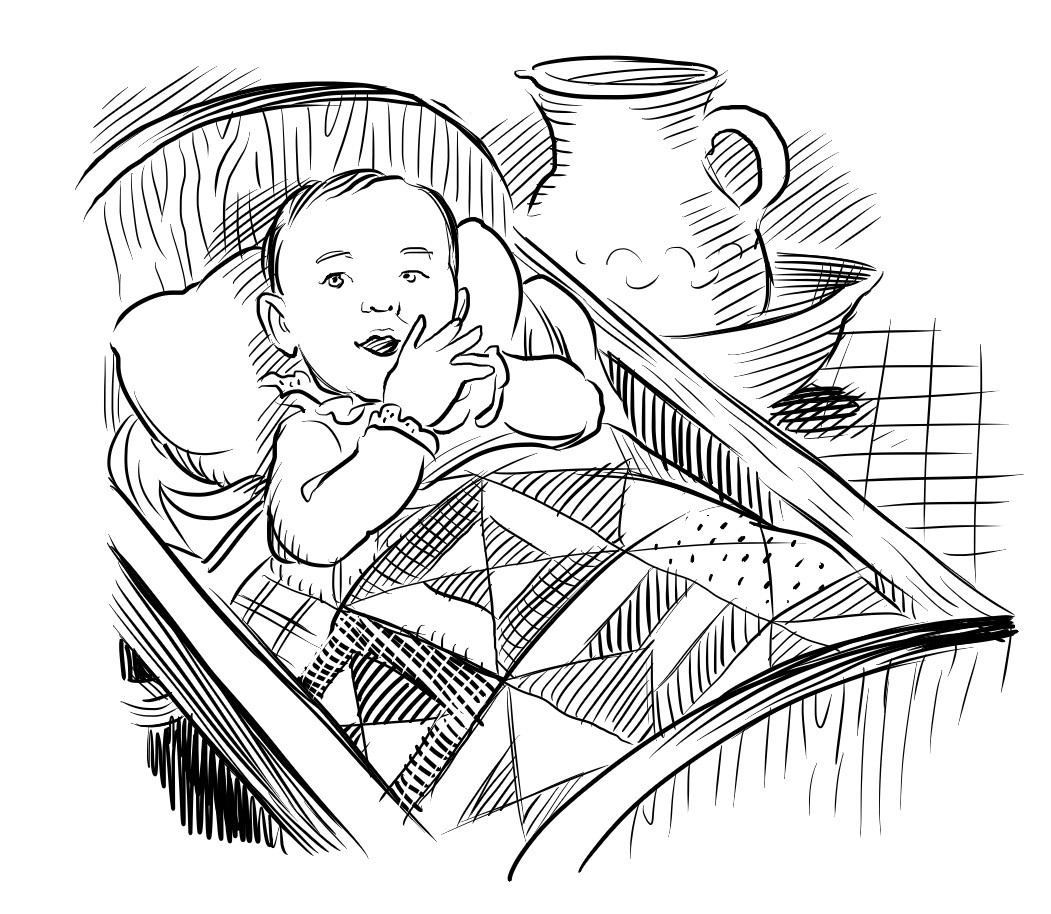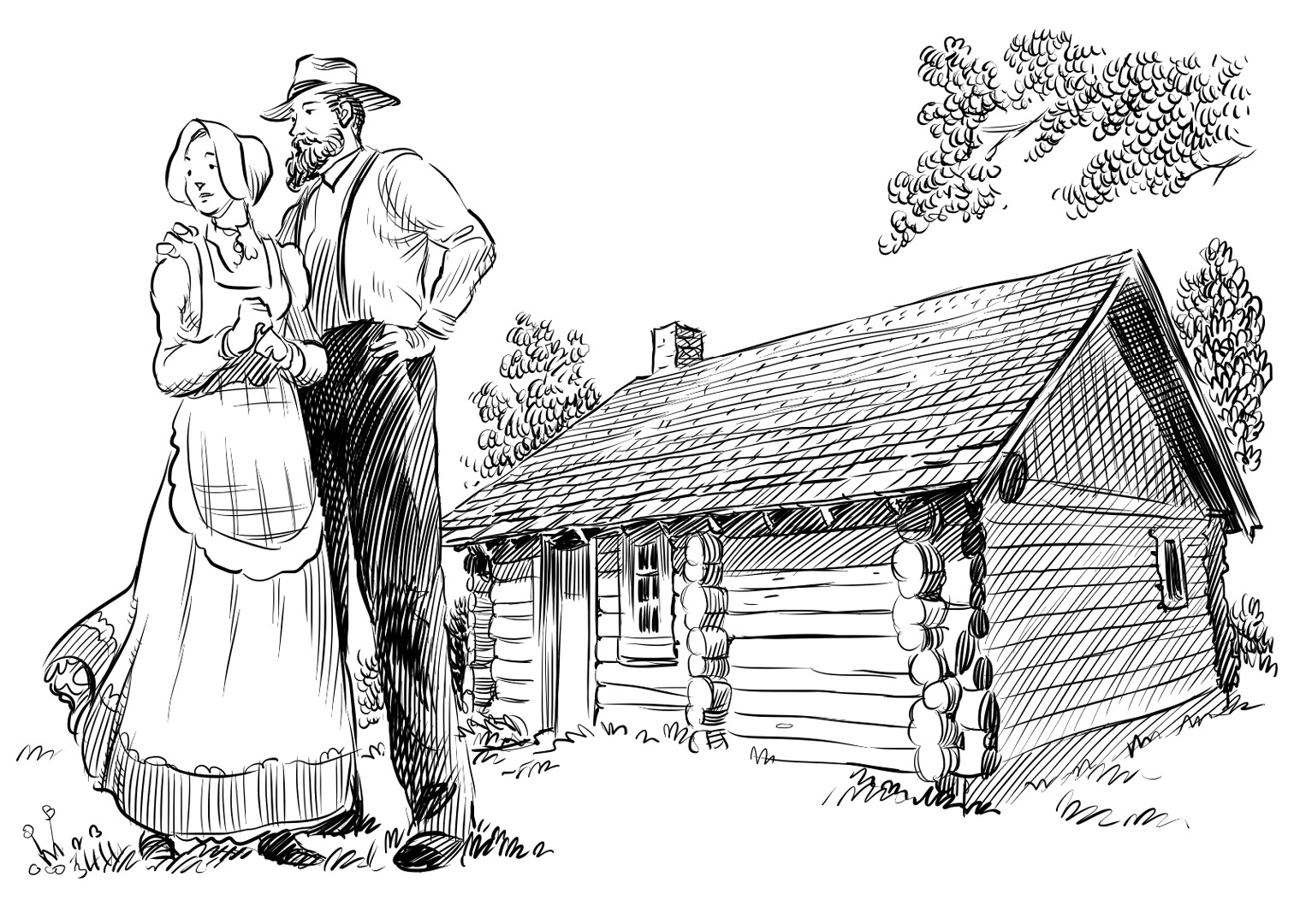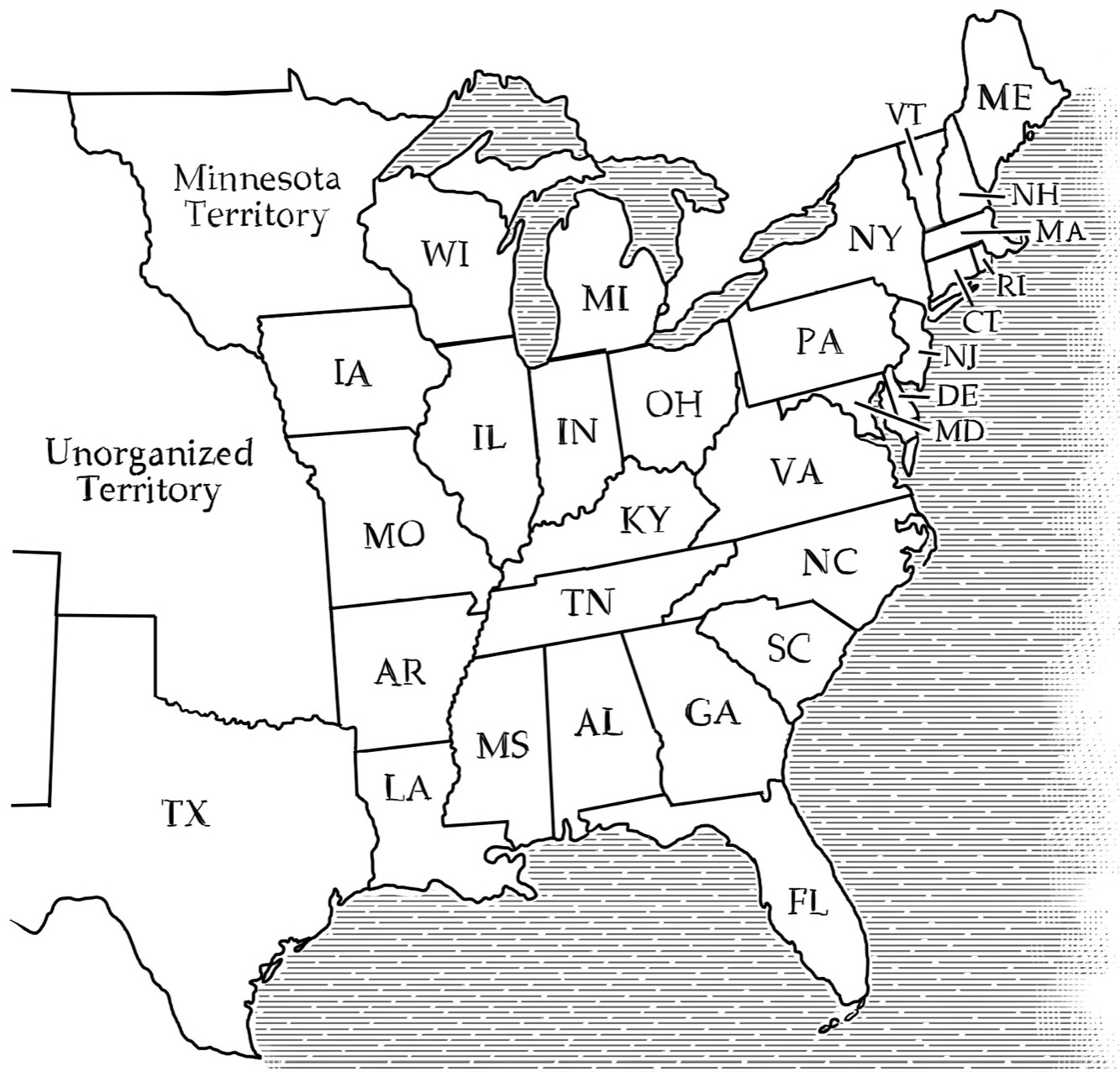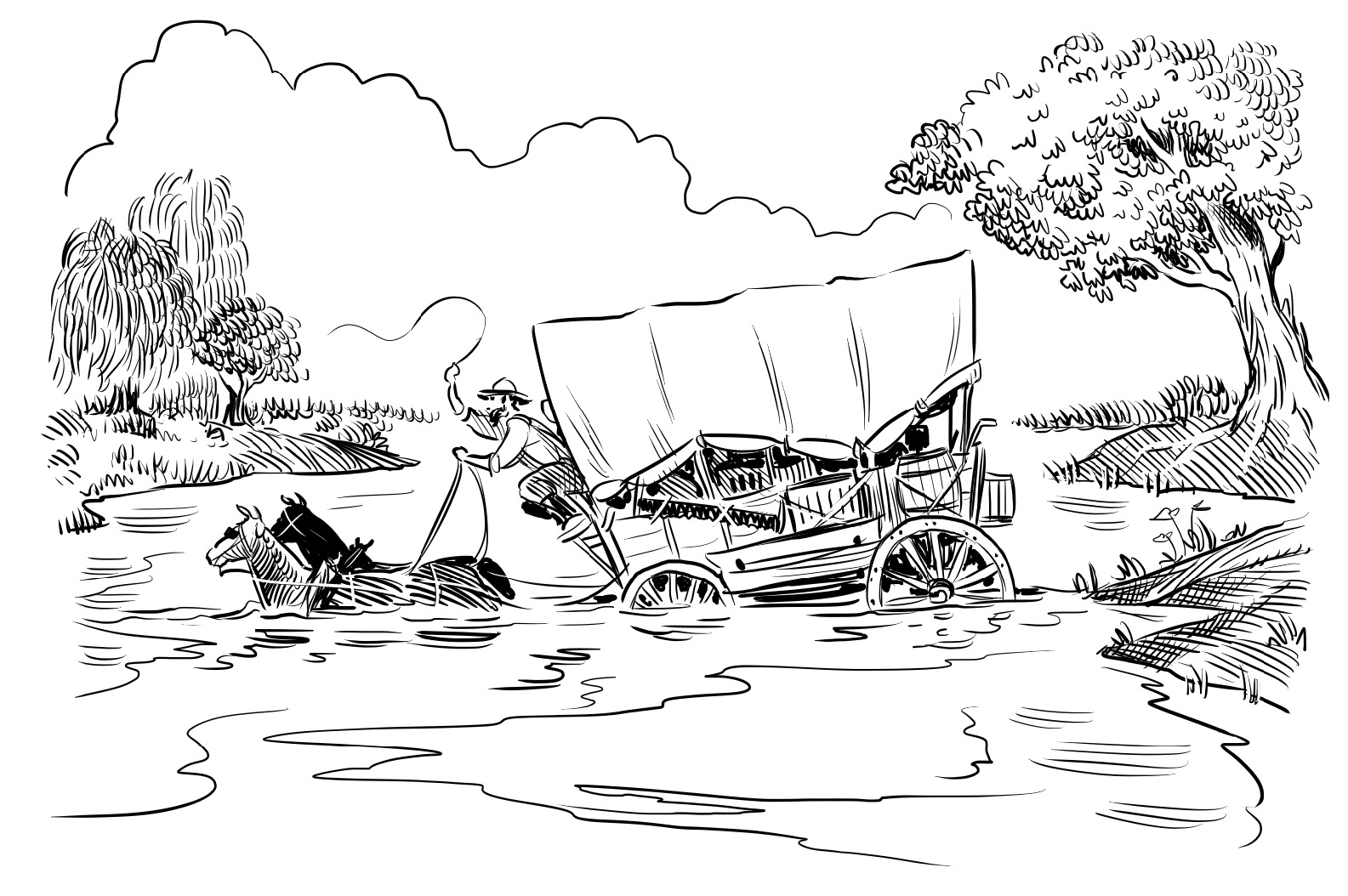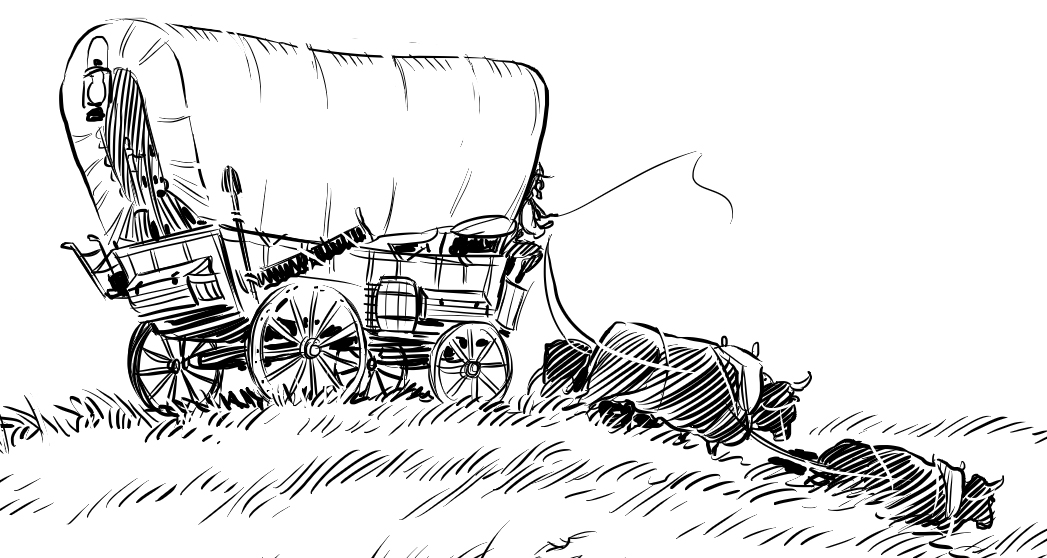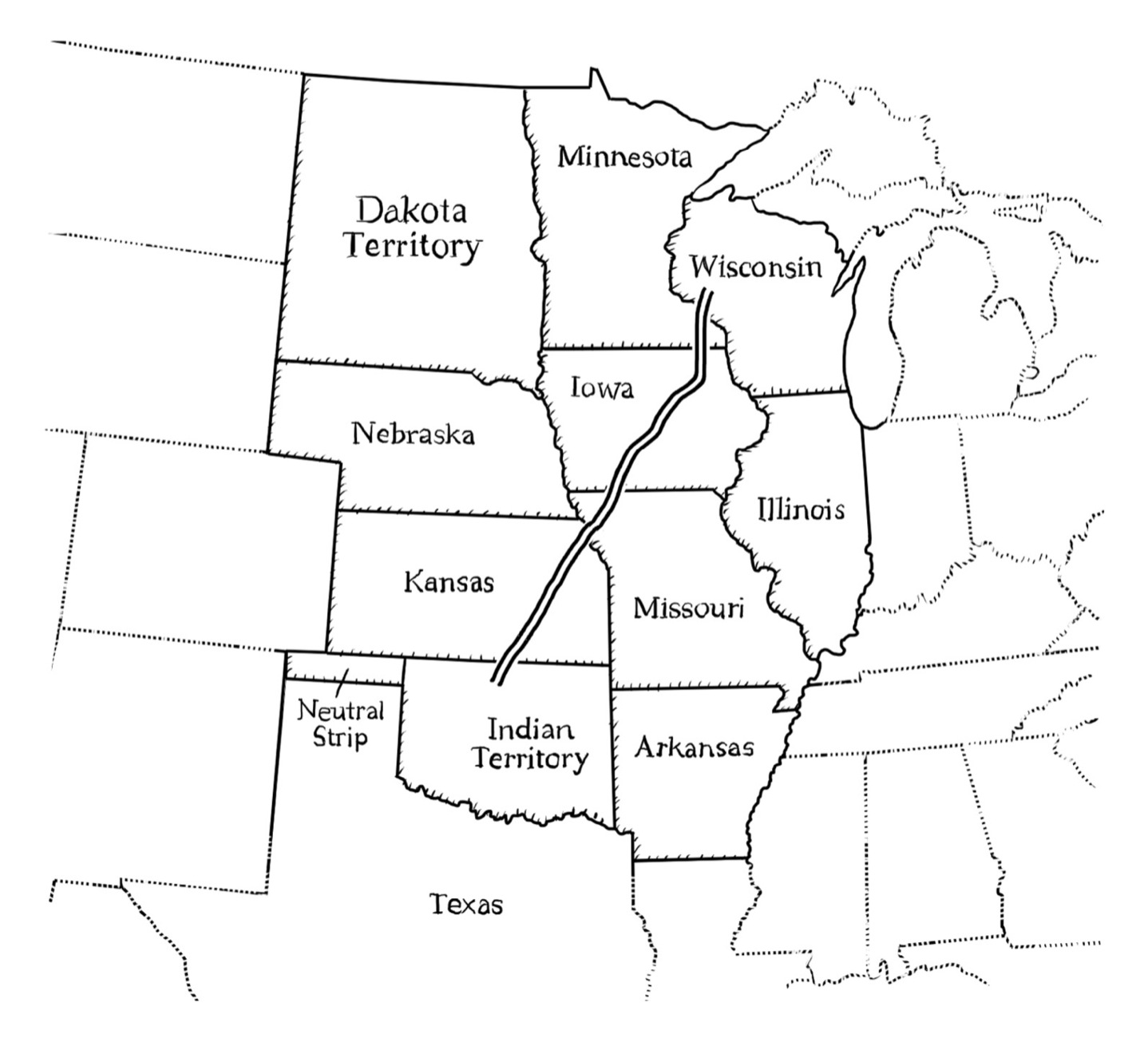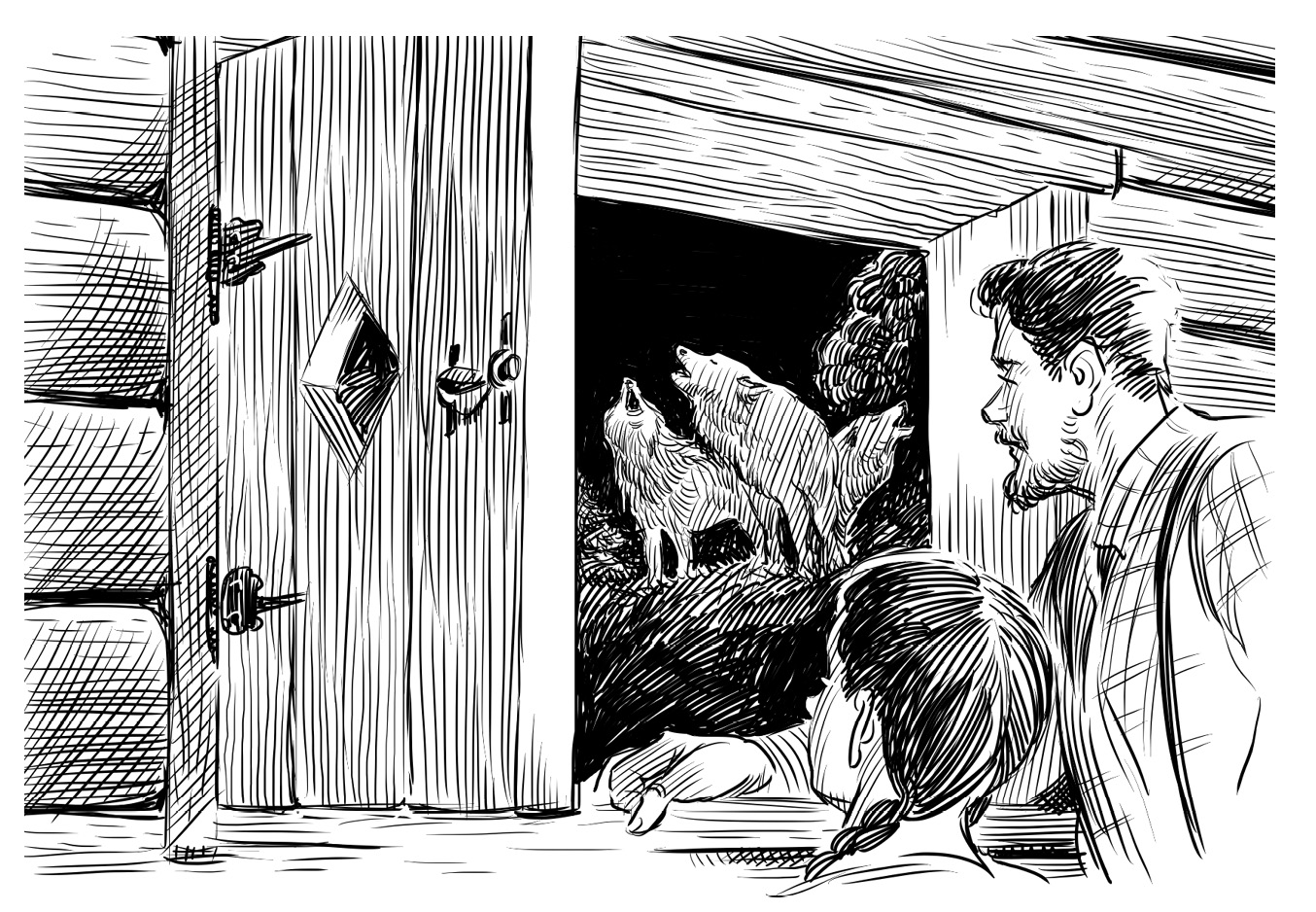USA | Canada | UK | Ireland | Australia | New Zealand | India | South Africa | China
Penguin supports copyright. Copyright fuels creativity, encourages diverse voices, promotes free speech, and creates a vibrant culture. Thank you for buying an authorized edition of this book and for complying with copyright laws by not reproducing, scanning, or distributing any part of it in any form without permission. You are supporting writers and allowing Penguin to continue to publish books for every reader.
Text copyright 2013 by Patricia Brennan. Illustrations copyright 2013 by Tim Foley. Cover illustration copyright 2013 by Nancy Harrison. Published by Grosset & Dunlap, a division of Penguin Young Readers Group, 345 Hudson Street, New York, New York 10014. GROSSET & DUNLAP is a trademark of Penguin Group (USA) LLC.
Who Was
Laura Ingalls Wilder?
In 1874, two horses slowly pulled a covered wagon across the open prairie. The man with the reins, Charles Ingalls, had twinkly blue eyes and a long curly beard. Inside the wagon were his wife and daughters, plus everything the family owned.
A seven-year-old girl named Laura gazed out the back of the wagon. She saw an enormous green prairie stretching to the skyline. Not a tree was in sight. How different this was from the woodland home she had left behind in Wisconsin.
The Ingallses were traveling west. They didnt know exactly where they would end up. This wasnt the first time they had moved to a new home by covered wagon. And it wouldnt be the last. They were part of a huge wave of pioneers pouring out of the East to settle the vast stretches of untamed land in the middle of America.
To young Laura, this trip meant adventure. At nights, the family camped outside and Pa played his fiddle. Laura thought that the stars were singing.
The Ingallses would enjoy many happy times like this. But they faced terrible hardships, too. Everything about frontier life was extreme. In winter, there were blizzards. In summer, the land was sometimes as dry as dust. There was sickness and the danger of wild animals. The Ingallses would need to draw on deep wells of courage in order to survive.
Even after Lauras childhood was long past, her memories remained strong. In her sixties, Laura started to write a book for children called Little House in the Big Woods. Laura kept writing until she had a whole series of books about her childhood.
Lauras pa liked to call her little half-pint and flutterbudget. But the world came to know her as Laura Ingalls Wilder, one of the best-loved childrens authors ever.
Chapter 1
Wagon Trail
Laura Ingalls was born a pioneer. Her parents were pioneers, and so were her grandparents. She was born on February 7, 1867, in a log cabin that Pa built. The place was Pepin, Wisconsin, in an area known as the Big Woods.
Pa (Charles Ingalls) grew up in New York State. Cities in the East were growing bigger and bigger. New York City already teemed with over three hundred thousand people. That life wasnt right for the Ingalls family. They wanted land of their own on the wide-open frontier. So they moved west. In time they settled in Wisconsin, near the farm where Ma (Caroline Quiner) grew up. Mas family had come from Connecticut. But pioneer spirit had driven them west, too. The Ingallses and Quiners were good neighbors. They got along so well that three of the Ingallses married three of the Quiners!
Ma was a schoolteacher before she married Pa. Calm and gentle, she loved Pas bright personality. Pa played the fiddle, worked hard, and dreamed big dreams.
By the time Laura was two, Wisconsin was getting too crowded for Pa. The edge of the frontier had moved west of the Mississippi, and Pa wanted to move with it. He and Ma decided to go to Kansas.
For several weeks, the Ingallses traveled in a covered wagon. There were no roads, just wagon trails. Rivers and streams had to be forded.
PRAIRIE SCHOONERS
LIKE MOST PIONEERS, THE INGALLSES TRAVELED IN A COVERED WAGON. IT WAS KNOWN AS A PRAIRIE SCHOONER. A SCHOONER IS A BOAT. AND THE CLOTH COVER ON THE WAGON LOOKED SOMETHING LIKE A SAIL. SIX OR SEVEN ARCHED TREE BOWS, ATTACHED TO THE SIDES OF THE WAGON, HELD UP THE CANVAS TOP. THE WHEELS WERE MADE OF WOOD AND RIMMED WITH IRON. THE BED OF THE WAGON WAS MADE AS WATERTIGHT AS POSSIBLE SO IT COULD FLOAT ACROSS RIVERS AND STREAMS.
Sometimes Pa jumped into the water to calm the horses. It must have been a long, bumpy trip for little Laura and her four-year-old sister, Mary.
Somewhere near the Kansas border, the wagon tracks ended. It seemed a good place to stop. It wasnt! The Ingallses were in Indian Territory on land that still belonged to the Osage tribe. Pa thought it was okay for pioneers to settle there.
But he was wrong.
Pa built the family another log cabin. Few trees grew on the flat, grassy plains of Kansas, so logs came from trees that grew at a nearby creek. Lauras earliest memories were of the time she spent in this house.
One night Pa carried Laura to the window to see a pack of howling wolves. They surrounded the house, with their faces pointing to the moon. In Little House on the Prairie,

